For people looking for something different to do on their next summer holiday, canyoning can be lots of fun. When the weather is hot, there’s nothing more exhilarating than getting in the water and putting yourself up to a challenge. And without the restrictions of a boat, you’ll have total freedom to explore the landscape up close. It’s a unique experience for those who don’t mind getting wet, and it’s a great way to explore mountain areas such as the French Alps.
Canyoning holidays are generally suitable for adults and teenagers, but there are also some canyons that are suitable for little ones too. So if you’re nervous about trying it out, don’t worry – there’s bound to be a canyon to suit your abilities. If you’re a good swimmer, are generally fit and healthy, and don’t mind dipping your head under water, canyoning could be your sport.
The complete guide to canyoning will give you all the most important information you need to know about this amazing sport. Adventurers worldwide have fallen in love with the technical and thrilling adventure. Canyoning takes you through beautiful gorges, under waterfalls, down water slides and on the adventure of a lifetime. Read on to learn everything you need to know- from what to bring to where you can practice this amazing sport.

What is Canyoning?
Canyoning is also known as canyoneering in the US. This sport combines hiking, swimming, jumping, abseiling, and sliding through narrow canyon spaces. Most canyoning activities begin high up in the mountains, with some hiking required to get to the start. Canyoning courses take you down the mountain following the flow of water. The course can involve waterslides, waterfalls, whitewater sections, and dry sections.
Another term sometimes used interchangeably with canyoning is Aqua Hiking. Aqua hiking differs however in that it takes place in flatter canyon spaces. Because Aqua hiking is more of a walk or swim than a descent, you usually don’t use any rope. There is also very little climbing. This activity is far gentler than canyoning. It’s a good choice for less athletic people and families with young children.

How canyoning works
Located in the mountains, adventurers descend steep canyons, passing over waterfalls of different heights. The descent consists of the following techniques:
- Swimming
- Hiking
- Abseiling
- Jumping
Canyoning and canyoneering involve technical descents and require abseils (rappels), ropework, technical climbing, technical jumps, and/or technical swims. Ths sports is frequently done in remote and rugged settings. It can involve navigational and other wilderness survival skills, though most adventurers practice the sport with certified instructors.
The mountain canyons form narrow gorges with numerous drops, smooth sculpted walls, and spectacular waterfalls. Most canyons are cut into limestone, sandstone, granite, or basalt.
Canyons can be very easy to descend or extremely difficult. A wide variety of canyoning routes are found throughout the world, and canyoning is enjoyed by people of all ages and skill levels.
Besides being quite a challenge, people ultimately love canyoning for how beautiful and immersive it is. Abseiling down 30 metres underneath a waterfall is an amazing experience. Participants can swim through beautiful pools of water, slide down rocks and basically have fun! Some courses even have small Via Ferrata or Zipline sections as well.

History of Canyoning
The term “canyoneering” was thought to have been first used by a member of John Wesley Powell’s expedition down the Colorado River in 1869.
Canyoning is practised all over the world- and a version was likely developed individually in each country. For instance, cavers in the 1930s are credited with canyoning’s inception. Australian bushwalkers adventured through local canyons in the 1950s. In the U.S., hikers, climbers and paddlers explored the canyons in the 1940s and 50s. Because of this, different techniques and equipment have evolved uniquely in different countries.
Many of the canyons used today for entertainment were once traversed by native people. Those people were likely wearing primitive clothing, had bare feet, sandals or moccasins. Ropes used generations prior involved scaling challenging vertical descents using simply hemp and manila ropes. It’s amazing to think of the courage they must have had!

Winter canyoning
Winter canyoning is done in locations that are very cold and snowy, such as the Alps and the Pyrenees. These activities usually require you to wear a drysuit. The water can get down to 2°C so it’s necessary to keep from becoming hypothermic.
For example, you can check out this winter canyoning adventure in Gourcy in Ossau valley. While it is bound to be cold, canyoning here offers stunning views of the snowy mountains and 15-metre waterfalls in winter. It’s even suitable for beginners who want to brave the cold.

Who should try Canyoning
Typical canyoning courses allow participants aged 12 and up to take part. Aquatic hiking is usually suitable for ages 6 and up, and is usually recommended for families.
While age is one factor, physical and mental fitness is another major consideration. Canyoning adventures are quite rigorous. Many of the courses only start after a significant amount of hiking, anywhere from 2 minutes to 2 hours!
The water temperature is often very cold, and someone sensitive to cold may not enjoy the activity (although you will be wearing a wetsuit!).
Canyoning can also be difficult for some because once you begin the course, you have to finish it. There is no way out, so even if you get tired, you will have to keep going. Many canyoning courses require long walks back as well to the activity centre.
Some routes have high jumps or abseils, which cannot be avoided. Some easier routes do have alternate paths and tougher sections can be avoided. The best plan is to be informed before you go.
It is also important to be alert, and not attempt this activity the day after a heavy night out. It requires concentration and technical manoeuvring, and your attention will be required in order to be safe and have fun.

Who should not go Canyoning?
In most countries, the maximum group size is limited to 8 people. This is important because the instructor needs to be able to watch each participant carefully to ensure their safety. Groups larger than 8 are not suitable. It’s also important that everyone in your group has roughly the same fitness level. It is not possible to split groups up once you begin, and everyone must be able to finish.
Persons with Vertigo, or previous bone injury, back injury, heart problems, or ankle issues are not recommended to join. You should make your activity provider aware of any other special medical issues and they can help you decide if canyoning is okay for you.

What equipment is needed
Canyoning is a rather technical sport. It’s recommended to equipment made specifically for this sport. uring The equipment needs to be durable and withstand lots of wear. Usually, professional instructors will provide you with the right kind of equipment.
What will be typically provided by your instructor:
- a wetsuit as well as 5mm neoprene socks which allow you to move in the water while maintaining proper body temperature
- A harness fitted with lanyards and a descender which will be useful for progressions on ropes
- A helmet
- A bag and a waterproof container to put your lunch in for day trips or your valuables
- A lifejacket
You will need to bring:
- A pair of closed-toe shoes that will get wet
- A swimsuit
- Hair tie for long hair and glasses if you must keep them
- Picnic lunch and bottle of water for day canyons
Shoes
Considering what kind of footwear you bring is important for canyoning. Because canyoning is usually a fairly wet sport and takes place in colder climates, you will want to have the right kind of shoe.
Flat-soled shoes, such as tennis shoes are not appropriate. Soles with grip are ideal, as they will add traction over slippery rocks. It is also important to have ankle support. Water shoes may seem ideal, but be sure to choose a pair with ankle protection.
Famous Canyoning destinations

Reunion Island
Tropical Reunion Island is known for being one of the most stunning places in the world to go canyoning. The Basalt rock canyons and crisp, clear waters create fun water slides. Grain Galet Canyon above Langevin River and Trou Blanc are two of the most popular places for canyoning courses.
Canyoning in Sainte Suzanne is another famous spot on the island and is great for families and beginners. Sainte Suzanne, also known as Bassin Boeuf, offers two sections of canyoning.
The first part of the canyon is called “Sainte Suzanne Classique”. This section of Sainte Suzanne lasts about a half-day. It takes only a few minutes to reach the start of the course and offers small jumps into beautiful turquoise pools. The second part, called “Sainte Suzanne intégral”, is a more advanced section requiring greater athleticism. This course lasts a full-day and can be exhausting.
The Sainte Suzanne Integral includes a river cave crossing for 20 kilometres, 9-metre jumps, giant zip lines and abseiling sections. You can also learn more about canyoning in the Reunion Island in our article on the Top 5 Spots to go Canyoning on the Reunion Islands.

Marc Canyon, Spanish Pyrénées
The Spanish Catalan Pyrenees are full of beautiful canyons to explore. Canyoning excursions at Marc Canyon in the Spanish Pyrenees, for example, are ideal for beginners.
Marc Canyon, or Canyon de Marc, can be enjoyed by adventurers as young as 12. The walk to the starting point is only 10 minutes, and the course itself lasts 3 hours long. The route will take you through lush forests over a succession of abseils, and has a 25-metre zip line! There are lots of small waterfalls which create fun slip-and-slides along the way.
Later you’ll have the chance to make an invigorating 8-metre jump into a natural pool of mountain spring water. This is a great option for groups and people with average levels of fitness who want to get wet-and-wild!

Utah, USA
Last, but definitely not least is Utah, USA. There are hundreds of canyons in Utah to go canyoning. Some of the best-known canyons are Ordville Canyon, Johnson Arch Canyon, and canyons throughout Zion National Park.
Canyoning here is especially unique because of the smooth, red-rock formations and orange canyon waters. These technical canyons have huge abseils and are very fun. Canyoneering USA offers quite a bit of detailed information about each canyon, what level of skill is needed, and some of the best features.
Mystery Canyon in Zion National park, for instance, boasts a 34-metre abseil into a pool of sparkling waters below. There is also Pipe Springs, which requires a 2-mile hike to the entry point. It’s worth the walk though because this canyon has a 55-metre rappel!
5 facts about canyoning you should know
Canyoning is one of the most popular and fastest growing extreme sports in the World. This isn’t coincidence if you observe canyoning as an instinct that lies deep inside of us as humans and as a part of bigger, nature universe. This could be easily explained by the first fact of our list, but let’s go step by step for now.
Caynoning is very interesting activity in nature and an extreme sport which can be more or less demanding, having in mind which canyon are we trying to conquer. Anyway, canyoning in Montenegro and Bosnia and Herzegovina is a great decision if you consider all the facts about these two places and nature around them.
In general, some canyons are more demanding while others are pretty easy and are easily reachable by “simple” walking in nature or better said – hiking. Nature sites you can encounter during canyoning are almost always amazing and inspiring. At least they are here in Montenegro. If we’d try to explain canyoning little bit more professional it would be fair to say that canyoning is caynon conquering, observing and exploring which is done by the rope, swimming, jumping and many other activities you’d like to do, but can’t do in overcrowded cities.
However, check out our 5 facts about canyoning you should know if you’re interested in canyoning as adventure or you just want to learn something new.
1 Canyoning is one of the oldest activities in nature but one of the newest extreme sports in the World
Canyoning as an nature activity is one of the oldest activities in nature that people used as a survival technique, but it is one of the youngest extreme sports around. Reason for this is simple. You see, before man could ever built a raft or a boat or even was able to maintain himself on the water surface, he lived in the stunningly beautiful mountain ranges and inside of the most amazing scenery colored by various mountain rivers and wild life. Instinct to survive has led him to move along rivers in search for better shelter from wild animals and other natural disasters.
Therefore we can say that canyoning as an extreme sport and interesting activity found its path to our hearts and bodies because of that very instinct that led us to survival in the first place, back when the extreme sport was life itself. Back when winners and losers were seen immediately.
2 Canyoning was invented by hikers and “bushwalkers”
Believe it or not, canyoning wasn’t invented by the ones who use ropes and climbing gear the most, but by those whom traveled far and looked where human eye has never looked before. This is the very fact that proves that ropes are not always necessary as canyoning equipment, but that canyoning can be done without ropes and heavy equipment depending on the complexity of the given canyon.
Hiking was crucial for canyoning acknowledging and was invented and “found” because of the hiker’s nature that led them to discover new places that they couldn’t reach by bare foot and hand. They began to “climb down”, deeper than ever, taking detours from their hiking and trekking trails, and inventing completely new extreme sport in nature.

3 Physical fitness is optional, but still important
Even though there are different levels of canyoning classified by canyon’s complexity, there’s always a need for good physical health and fitness when it comes to canyoning. Some canyoning tours are compatible even for younger kids, but still good physical health can be useful because the largest number of canyons demand some doze of seriousness.
Don’t be scared by the fact that usage of ropes and other canyoning equipment might come upon you if you ever decide to go canyoning, because even the smallest efforts and simple tricks for ropes usage can be implemented in almost every possible situation you could encounter during canyoning tour. And what’s even better is that you’ll never have to learn it alone, since there are always experienced and trained guides to teach you about everything.
Psychological preparedness is also important if you ever decide to go canyoning, since you’ll find yourself in nature where anything can happen and where not many things can be foreseen.
4 Canyoning discovers most beautiful hidden spots in the World
Some of the most beautiful sceneries you could ever imagine were discovered by canyoning or by coincidence during common canyon tours down the river streams. There are various caves, shelters or even coverts of the first men that ever lived in those places, which were discovered by canyoning. The first men which climbed their way to the top of the first civilizations and further evolution.
How important were some of those discoveries can be explained by the fact that many of those places were later protected as important nature and cultural heritage. Down there, where sun beams sometimes can’t even reach, you can find most amazing endemic species and animals. So prepare to be amazed by the scenery when you climb down the canyon and find the life you never knew existed before.
5 One of the best places for canyoning in the world is Nevidio canyon in Montenegro
Even though the beauty really is in the eye of the viewer, some of the characteristics and possibility that canyon Nevidio in Montenegro posses, are the reason why this canyon is such a good place to go canyoning in Europe. If anything else, canyon’s position is so damn good, that you wouldn’t want to leave once you come here. Position of Canyon Nevidio, let’s you explore the region which is full of similar nature beauties things to do.
For example, this canyon touches the Durmitor mountain and National Park, which means that you can easily combine canyoning with interesting hiking & trekking tours and the fact that Tara river is just on the other side of the Durmitor mountain, gives you the opportunity to go rafting in the 2nd deepest canyon in the World. Isn’t that something?
Anyway, besides its position, you should know that Canyon Nevidio has a part of it that is only 1 meter wide, so be prepared to cringe and slide between sharp and thick rocks. This canyon is filled with beautiful Komarnica river, and it is long about 2.6 km.
Another fun fact about Canyon Nevidio, is that this canyon is one of the latest conquered canyons in the Europe, hence the name “Nevidio” which means “The one that wasn’t seen”.

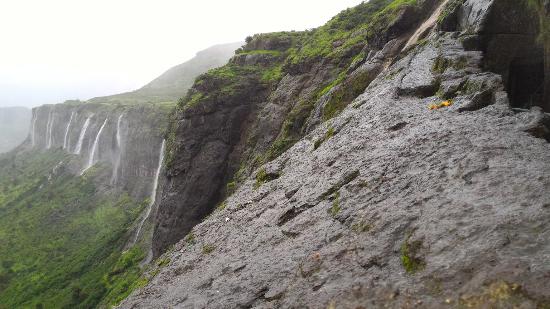

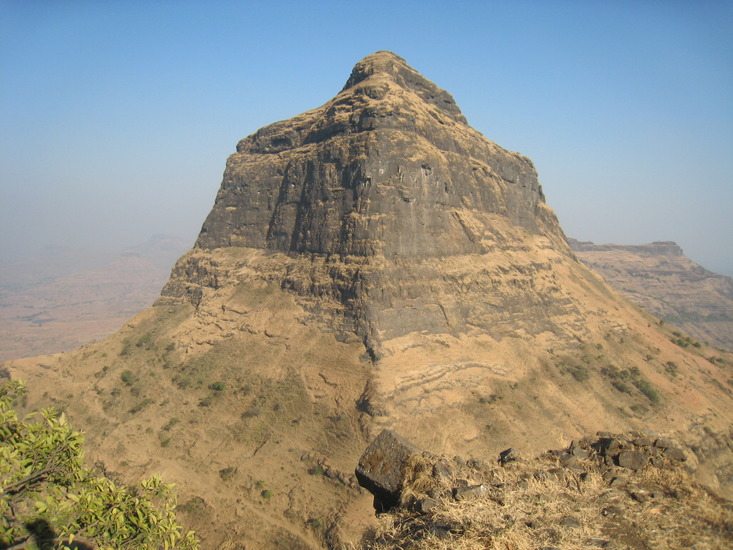
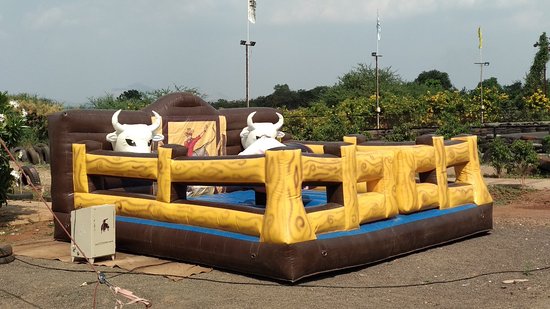
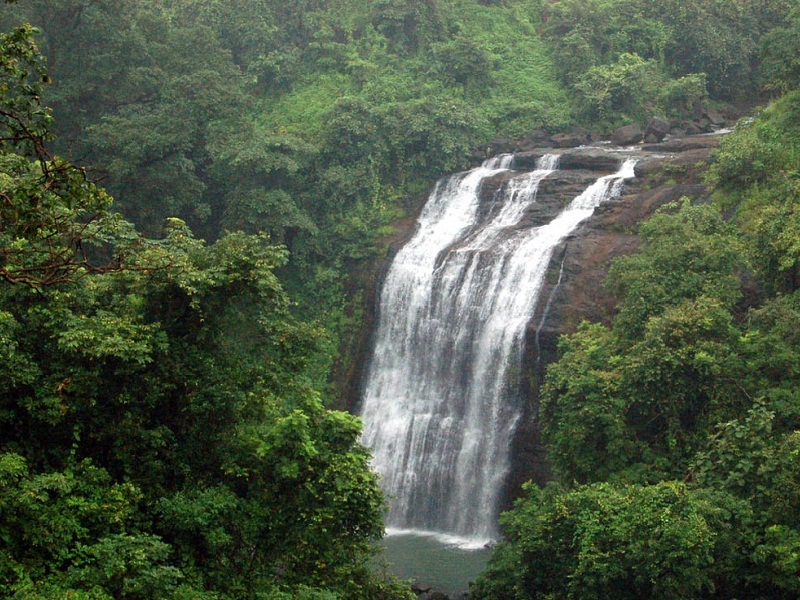
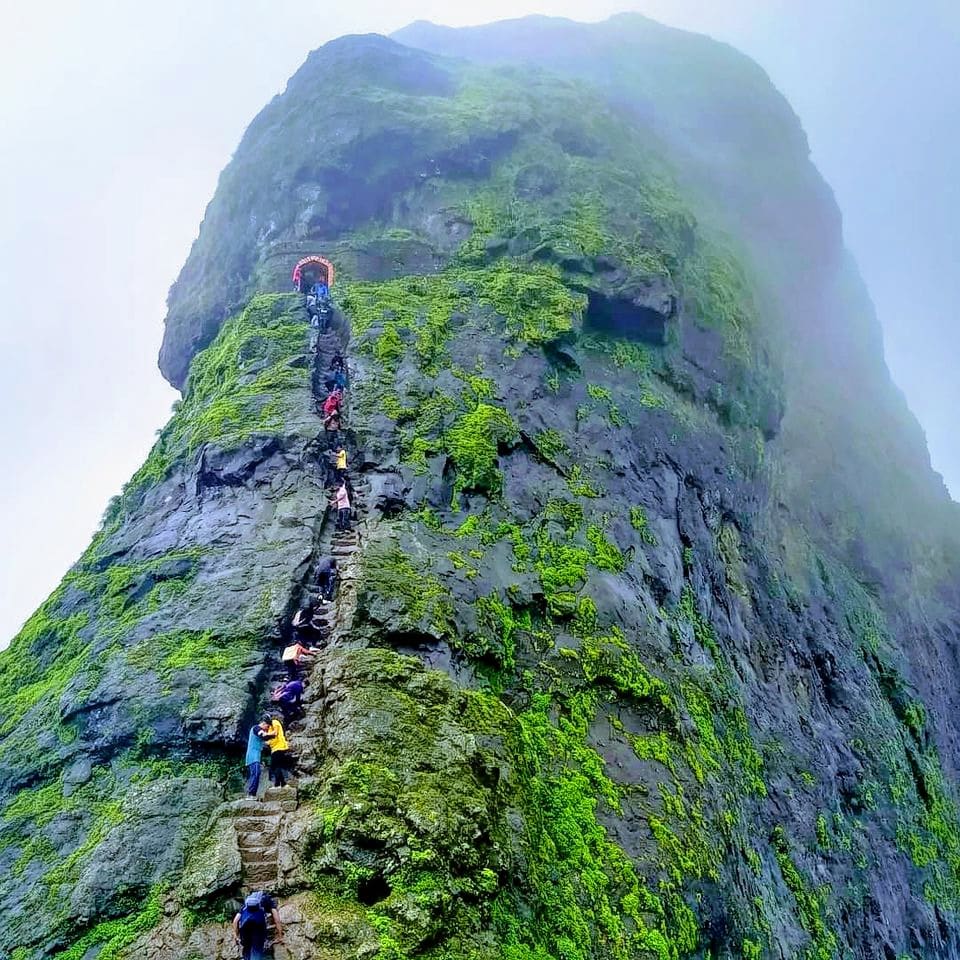
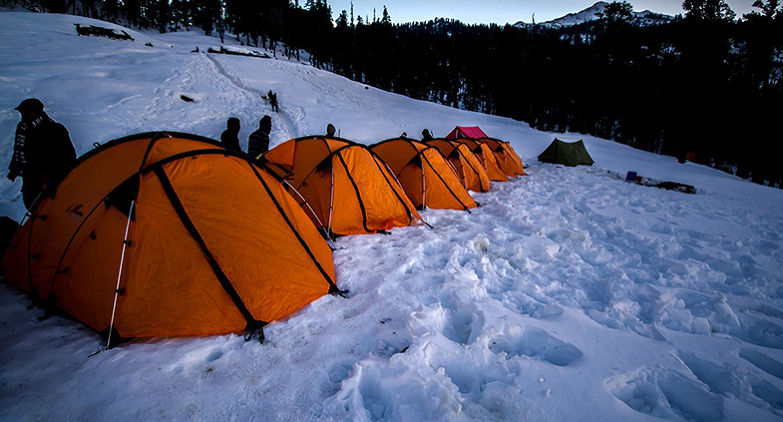
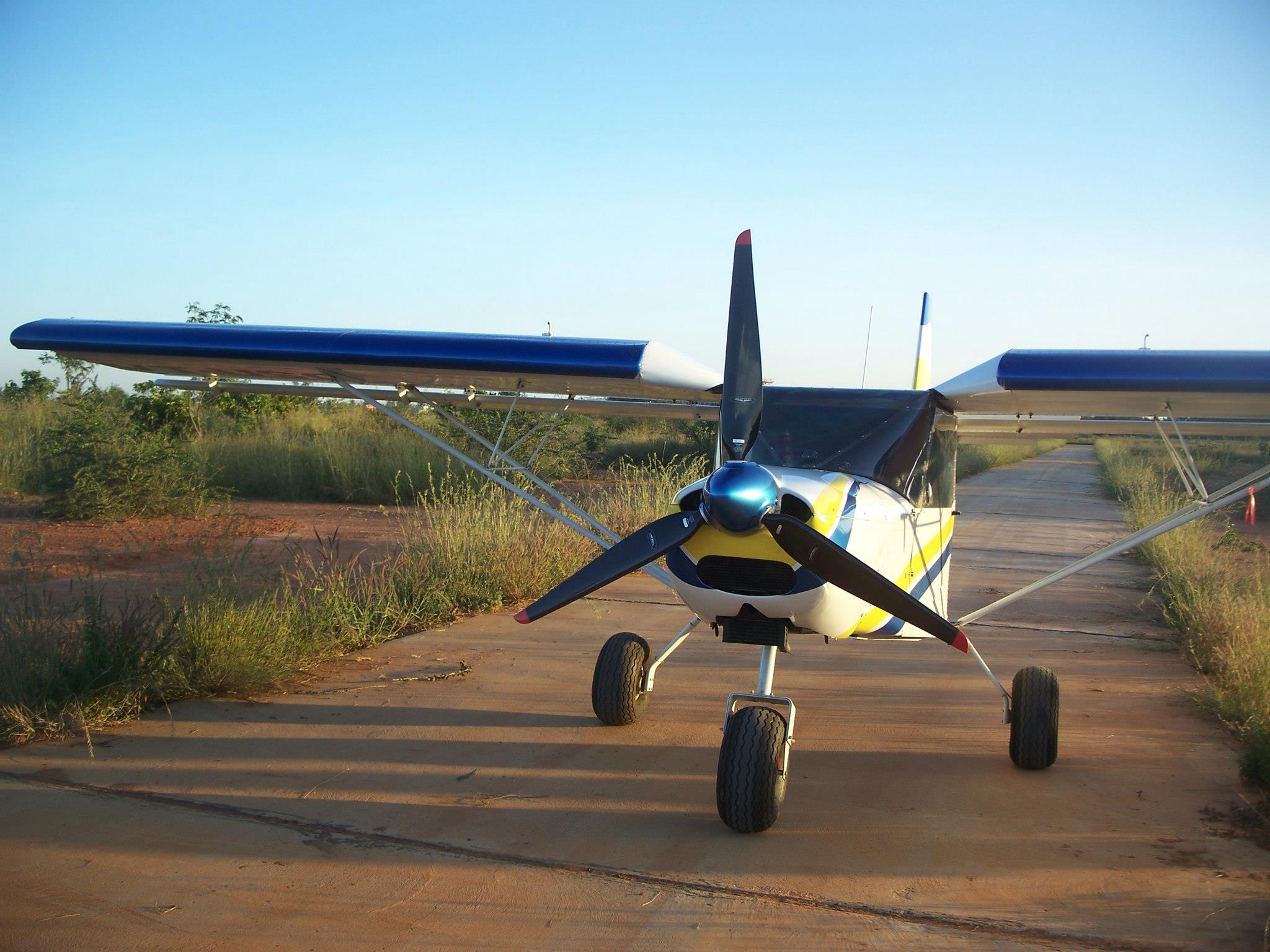
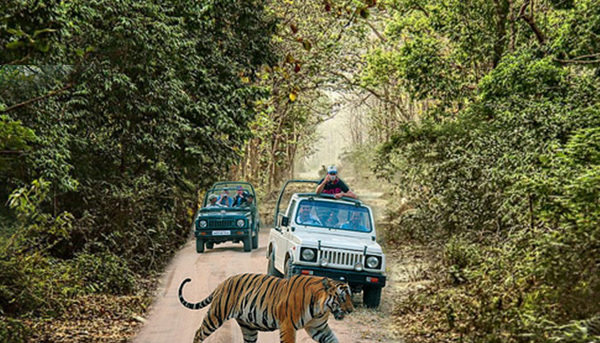



6 Comments
Comments are closed.